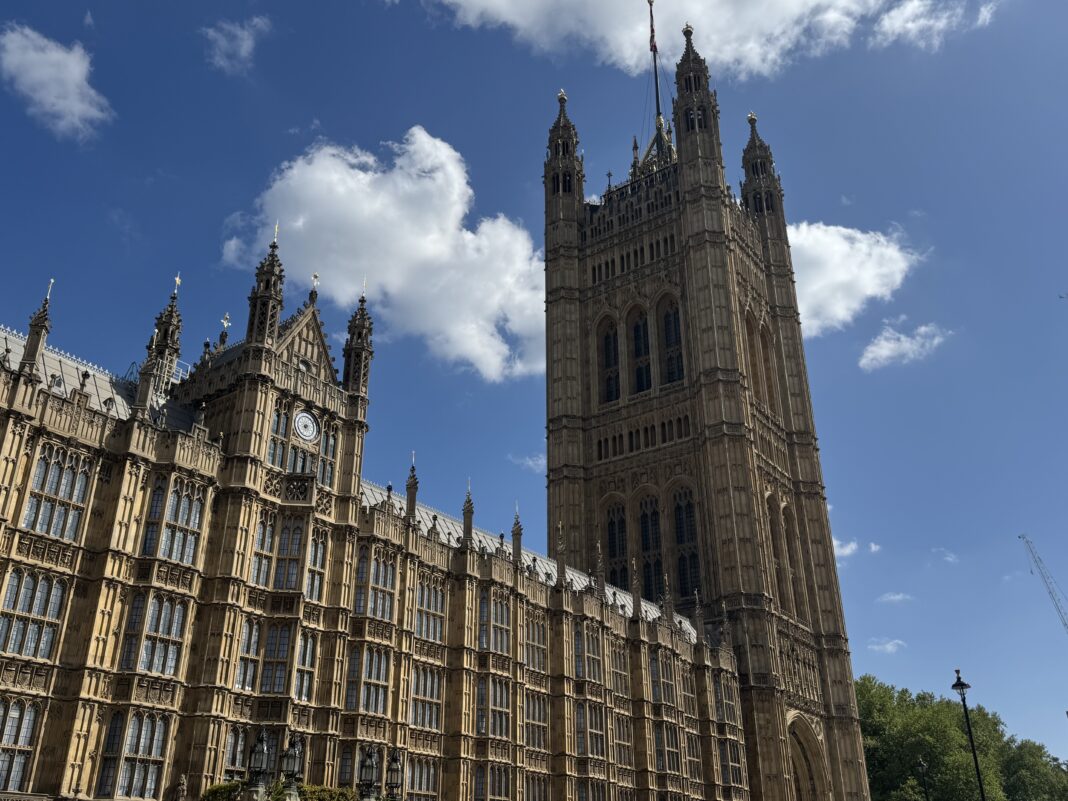Prime Central London’s (PCL) property market has entered 2025 with a notable divergence between surging sales activity and declining average prices, as domestic owner-occupiers take the lead while international discretionary buyers adopt a more cautious stance, according to the latest Black Brick market report.
Data from property analyst LonRes shows that the number of homes sold in PCL during Q1 2025 increased by 29.9% compared to the same period last year.
The number of properties under offer also rose, up 6.8% year-on-year, while new instructions climbed by 14.6%.
Despite the uptick in activity, average sale prices fell by 2.7% over the same period, reflecting a market in which buyers are negotiating assertively to avoid overpaying. Much of this hesitancy stems from wider geopolitical and economic uncertainty.
TRUMP TARIFFS

Tom Kain, Partner at buying agency Black Brick, attributed the slowdown in momentum during March to global political events. “It seems like concern about the Trump tariffs has started to filter through,” he said.
Camilla Dell (main picture), Founder and Managing Partner at Black Brick, adds that international instability is having a direct impact on buyer sentiment.
“A lot of people have lost money in the markets, so buyers are feeling a bit poorer and generally more unsettled,” she says.
The recent abolition of the UK’s non-domicile tax regime has further dented confidence among high-net-worth individuals.
HM Revenue & Customs data shows that capital gains tax receipts fell by 10% to £13.05 billion in the 12 months to March 2025, down from £14.49 billion the previous year. The decline is being attributed to the departure of wealthy individuals in search of more favourable tax environments.
RESILIENCE AT THE EXTREMES
While headline figures point to a decline in values, the market is polarised.
According to JLL, PCL properties valued at over £10 million bucked the trend, with prices in this segment rising by 1.1% year-on-year. Buyers in this category are typically less reliant on mortgage finance and take a long-term investment view, insulating them from immediate political or economic shocks.
At the opposite end of the spectrum, the sub-£2 million segment also showed strength, with transaction volumes increasing by more than 20% annually. Properties at £2 million or less now account for 70% of all PCL transactions – a level of dominance not seen in over a decade.
JLL noted that although prices in this bracket are still lower than a year ago, the pace of annual decline has slowed significantly. In June 2024, the segment recorded price falls of 7.2% annually, indicating that demand may soon begin to place upward pressure on values.
SUBURBAN STABILITY
Beyond PCL, London’s outer boroughs have demonstrated greater price stability. According to Savills, prices in these more domestically focused, owner-occupier markets rose by 0.7% in the year to March 2025. Houses outperformed flats, with values rising by 1.2% compared to a marginal 0.2% increase for apartments.
The shift in buyer behaviour is being driven in part by changing life-stage strategies. “Instead of buying a studio or one-bedroom flat, they stay at home for longer and save up and then they go and buy a small Victorian family house in the suburbs where they can stay almost indefinitely,” says Dell.
A desire to minimise stamp duty by avoiding multiple property moves, alongside concerns about rising service charges and ground rents, has discouraged purchases of leasehold apartments.
“There has been this dynamic shift towards people buying a three or four bedroom terraced house as their first home, and it’s because of this that is where I think the biggest price growth will come,” Dell adds.
STALLED SUPPLY
Meanwhile, efforts to stimulate new housing development in the capital are facing significant headwinds.
The Labour government has committed to building 1.5 million new homes across the UK during its term, with London expected to contribute 88,000 units annually.
However, the latest data from Molior London reveals that only 1,201 new housing starts were recorded in the capital during Q1 2025, with 23 of London’s 33 boroughs reporting zero starts.

Kain attributes the slowdown to fundamental market economics.
“Building costs are high and demand is subdued,” he says. “Housebuilders are voting with their feet and mothballing sites until conditions change and they feel they can make a profit.”
The resulting bottleneck in supply is likely to feed through to the market in the coming years.
Analysts warn of a shortage of new homes by 2027–2028, particularly at the upper end of the market. Central London councils have imposed tighter restrictions on the development of large “superflats” – homes over 2,000 sq ft – limiting future stock.
“You are talking about some of the most expensive real estate in London which trades at significantly higher premiums than most flats or houses,” says Dell.
“The silver lining is that if you buy now you are buying into something that has the potential to become a very rare asset class, particularly in the best parts of prime central London.”










